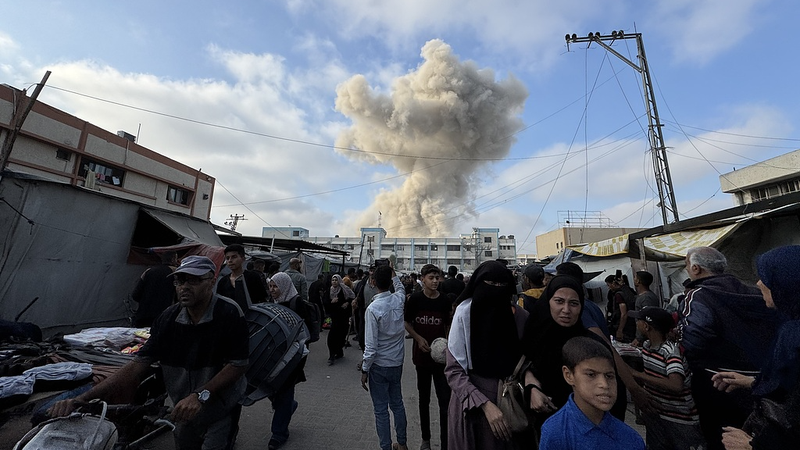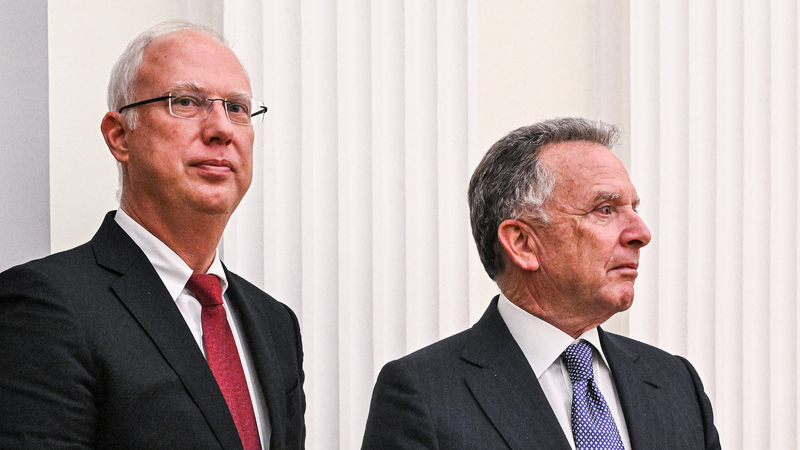Intense military operations in Gaza have left the Al-Amal hospital “virtually out of service,” the head of the World Health Organization (WHO) warned on Monday. Once one of the last functioning medical centers in Gaza City, Al-Amal can no longer admit new patients as bombardments and access blockades take their toll.
WHO Director-General Tedros Adhanom Ghebreyesus posted on X that ongoing fighting has cut off supply routes and blocked ambulances, “preventing new patients from reaching care and leading to more preventable deaths.” Two emergency medical teams—one local and one international—are still operating with dwindling resources, tending to the handful of patients who remain trapped inside.
With Al-Amal closed, Nasser Medical Complex in Khan Younis stands alone as the territory’s only hospital equipped with an intensive care unit. On June 5, the WHO reported that both facilities were struggling to manage a steady influx of wounded civilians after two months of total blockade, facing dire shortages of medicines and essential supplies.
Although Israeli authorities have allowed some humanitarian aid into Gaza in recent days, deliveries remain far below the levels required to keep medical facilities functional. Convoys are frequently delayed at border crossings, while the risk of renewed strikes continues to jeopardize health workers and patients alike.
For young global citizens and digital nomads following the crisis, the closure of Al-Amal highlights how quickly humanitarian needs can spiral when conflict and logistics collide. Business and tech enthusiasts can lend their skills via digital campaigns and social media activism, while thought leaders and changemakers can amplify calls for safe medical corridors and sustained international pressure.
Every hour of delay increases the risk facing Gaza’s families. As the global community watches, the push for uninterrupted aid flows and clear pathways to medical care has never been more urgent—in a conflict where access to a hospital bed can mean the difference between life and death.
Reference(s):
cgtn.com




